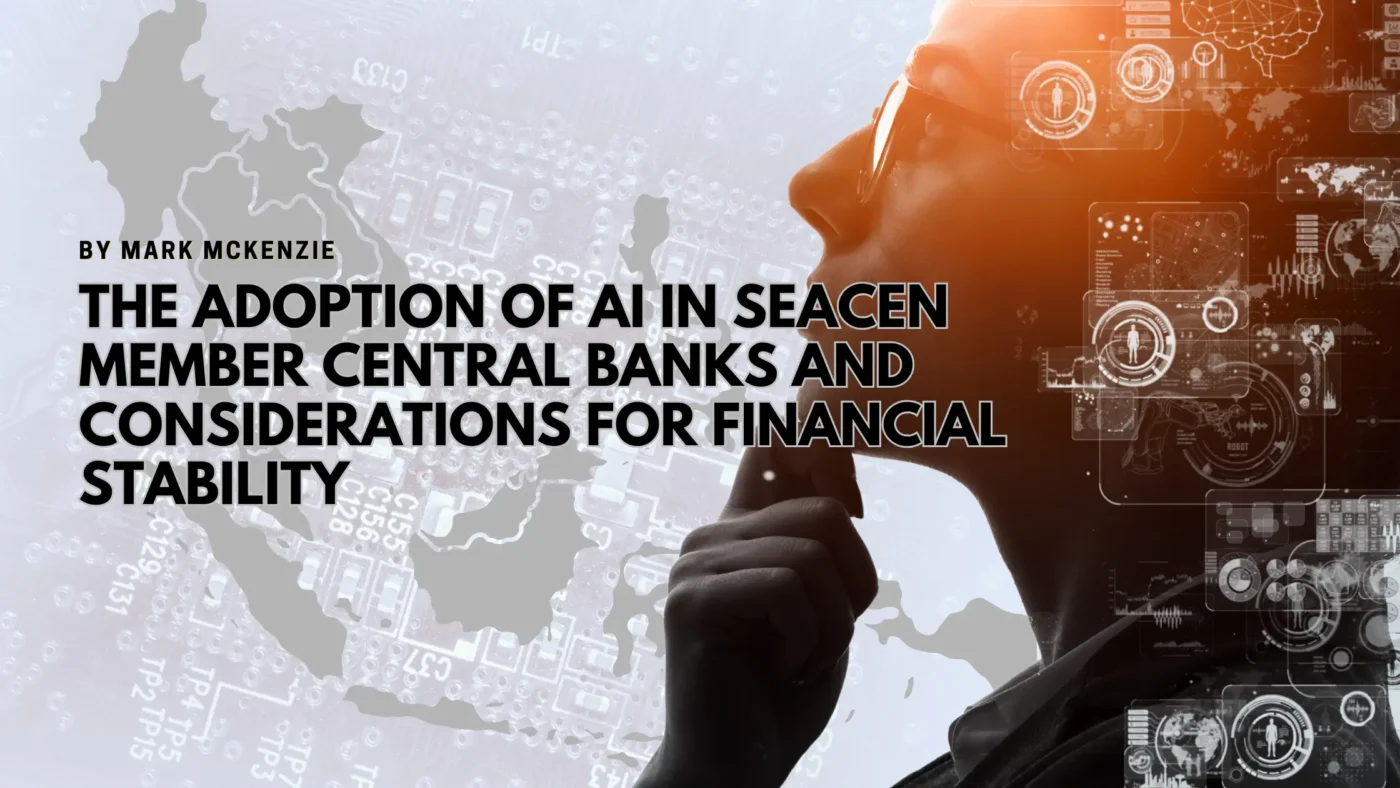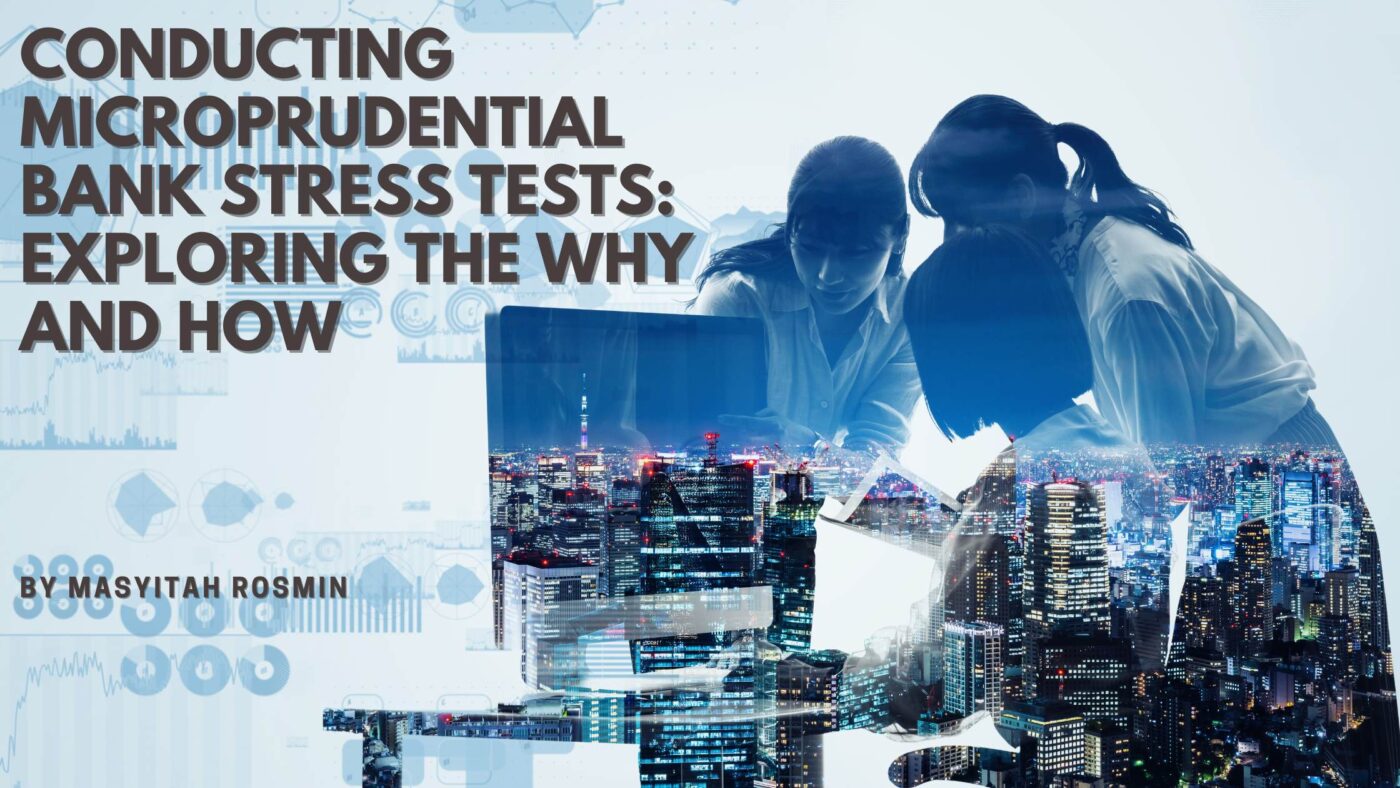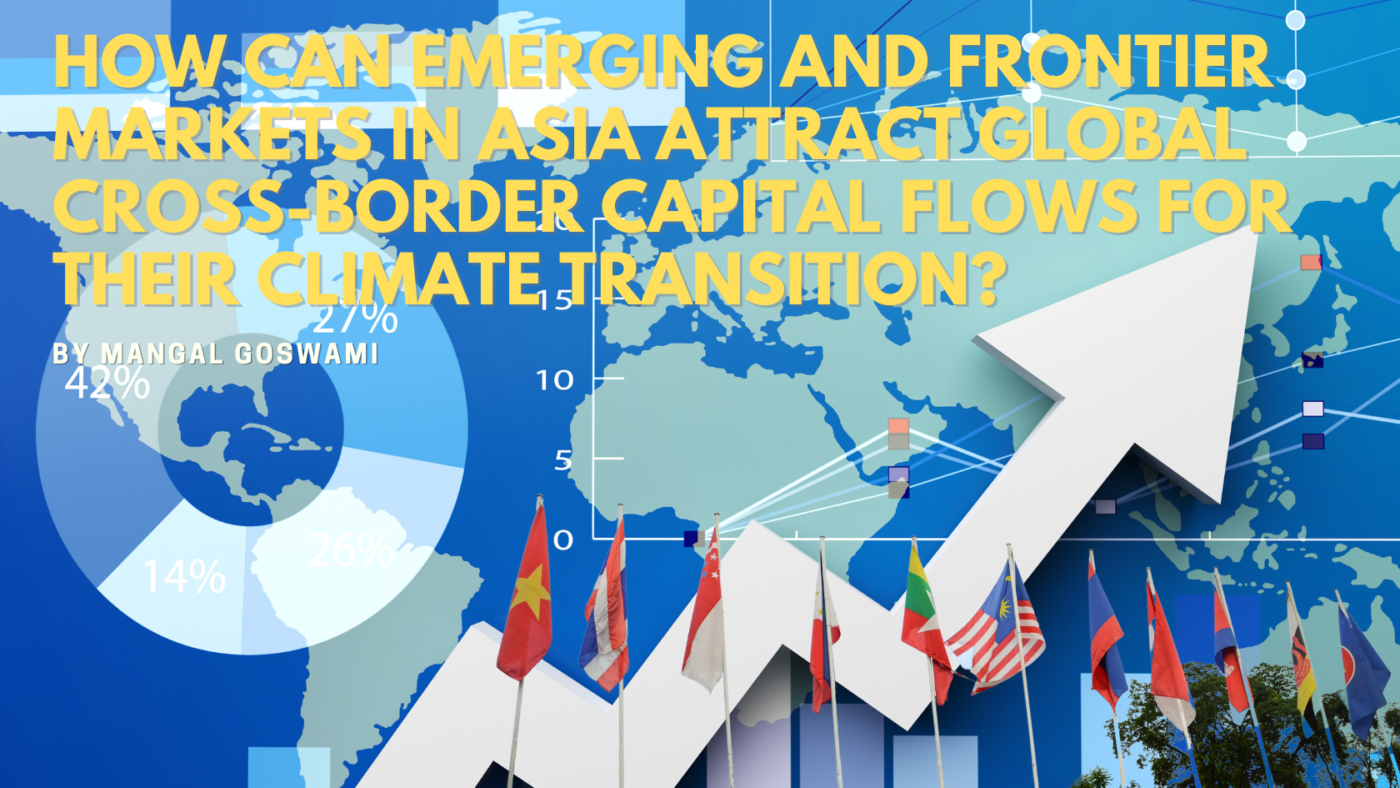The purpose of this blog is to explore the adoption of AI in SEACEN’s member central banks (MCBs) and explore the risks to financial stability, and how central banks and regulators should respond.
Category Archives: Financial Stability
The financial inclusion journey involves many legs: empowering citizens with a digital identity to open bank accounts; building a digital public infrastructure to facilitate low-cost interoperable payment services; and creating a technology platform to facilitate efficient delivery of frictionless credit. This blog takes readers through this journey in India.
Introduction Every investment activity whether “brown” or “green” requires funding. Such funding is typically obtained through bank loans or by issuing securities in the capital markets. The interest and principal amounts borrowed are repaid using the cash flows generated by the investment activities. But when these cash flows are insufficient to meet repayment obligations on […]
1. Introduction A Central Bank Digital Currency (CBDC) has emerged as one of the most significant trends reshaping the global financial landscape. Central banks around the world are actively exploring this innovation, with the latest BIS survey in 2024 revealing that 94% of the 86 surveyed central banks are investigating CBDCs. This movement resembles a […]
This blog highlights the key trends shaping the region’s payment and financial landscape and discusses their implications for financial institutions, regulators, and consumers alike. Southeast Asia’s payment landscape is evolving at an unprecedented pace, driven by rapid technological advancements, regulatory developments, and shifting consumer behaviors. The pandemic-induced acceleration of digital transformation has further propelled the […]
The rapid progress of artificial intelligence (AI) has significantly impacted industries, particularly finance and financial services, offering remarkable advancements in efficiency, decision-making and service delivery. But AI adoption has also introduced ethical, legal and societal challenges, including concerns over privacy, bias and accountability. Despite – or perhaps because of – the pace of these developments, […]
The Basel Committee’s consultative document on Pillar 3 disclosures for climate-related financial risks has evoked strong responses. Some feel that the proposed disclosures are not consistent with the objectives of Pillar 3. Some others support the proposals and suggest additional disclosures, including for nature-related financial risks. But what should be the way forward for climate-related disclosures? The author explains.
As emphasised in opening remarks by Deputy Governor Jessica Chew at the Central Bank Payments Conference on 11 June 2024 in Kuala Lumpur, “The payment system lies at the heart of economic activity. If money is the lifeblood of the economy, then payment systems represent the veins that allow money to flow to where it […]
“To reach net-zero greenhouse gas (GHG) emissions by 2050, entities operating in most sectors must undergo a major transformation. The key tool that will enable this transformation is the development of a transition plan that is science based, coherent, comprehensive, transparent and covers all material scopes of emissions and business activities.” CBI Report on Scaling […]










